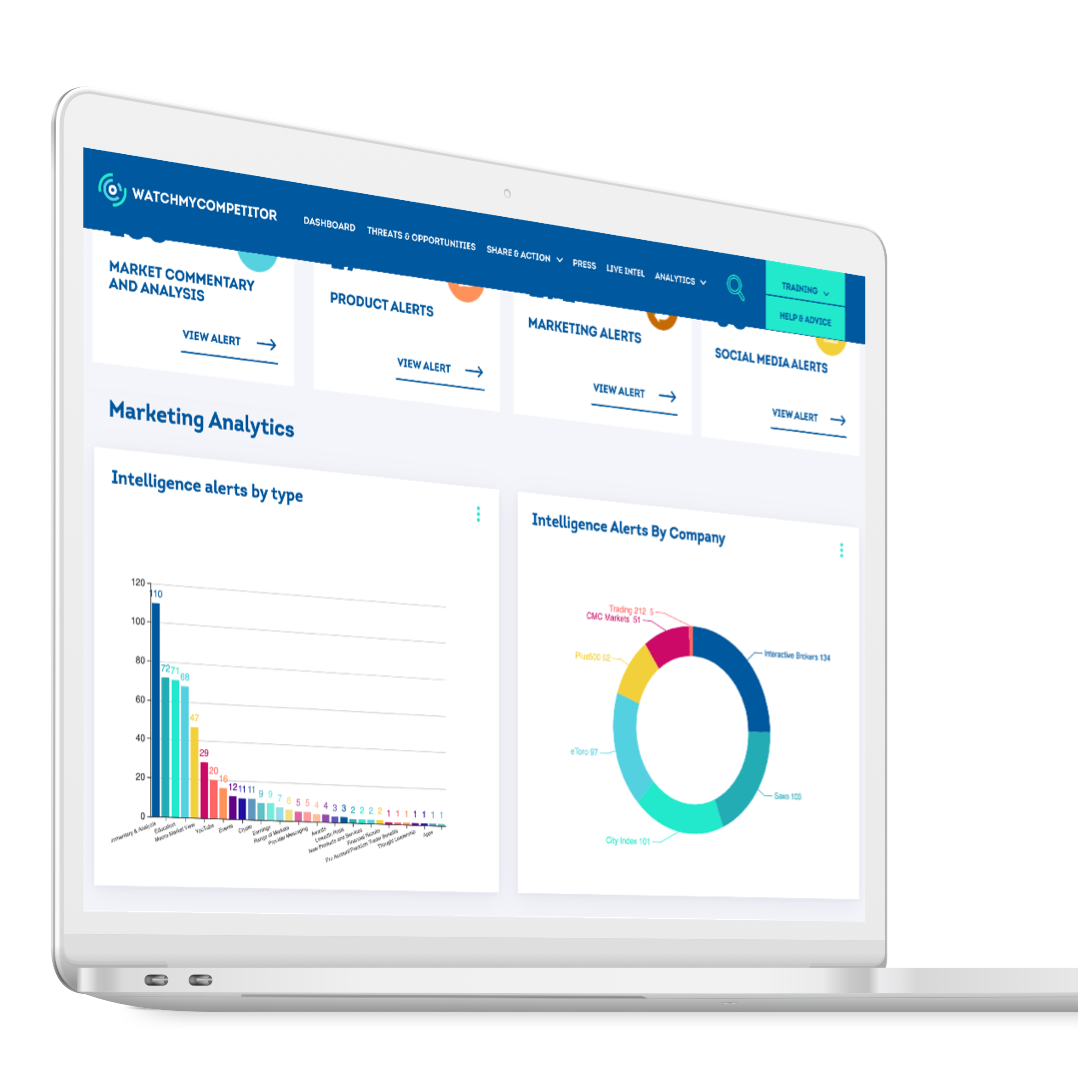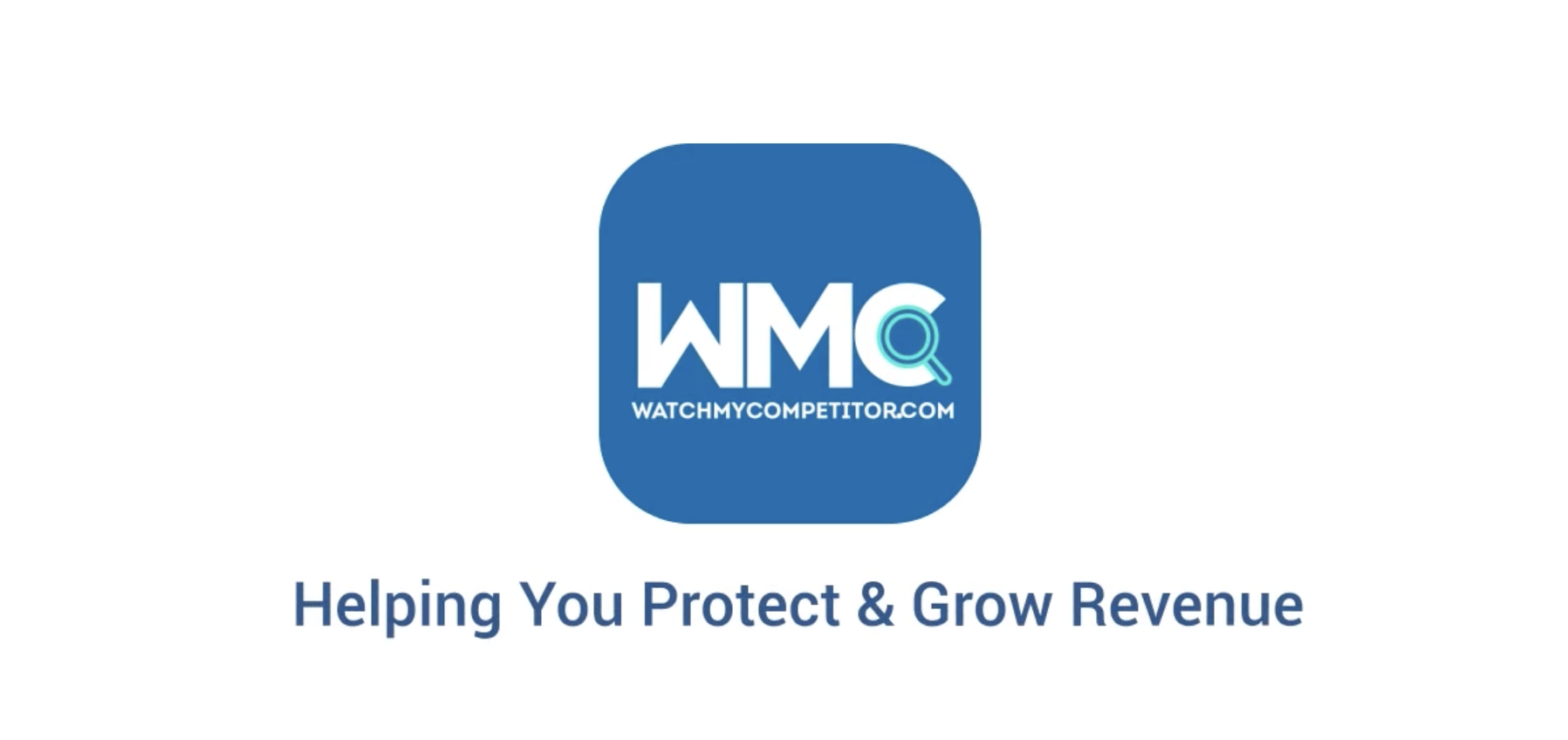Competitive enablement is a crucial aspect of a business strategy that equips teams with the necessary skills, tools, and experience to thrive in today’s highly competitive landscape. It’s vital to realise the significance of competitive intelligence and its pivotal role in enabling businesses to excel and outperform their competitors.
In this article, we will explore in-depth the concept of competitive enablement, its profound impact on businesses across various industries, and how it compares to sales enablement.
We’ll also explore the seamless integration of competitive enablement with competitive intelligence to help you develop a comprehensive and robust strategy that drives success.

What Is Competitive Enablement?
Competitive enablement can be defined as a multifaceted process that empowers teams within an organisation with the knowledge, resources, and insights required to outperform their competitors in the market. It involves gathering, analysing, and leveraging competitive intelligence to gain a strategic advantage.
By understanding the competitive landscape, companies can make informed decisions and proactively adapt their approaches to drive growth and sustainable success.
To implement competitive enablement effectively, businesses must establish a well-defined framework for gathering and analysing competitive intelligence.
This framework includes continuous monitoring of competitors’ activities, strategies, products, pricing, and market positioning. By staying up to date on industry trends, customer preferences, and competitor actions, organisations can adjust their strategies, refine their offerings and stay ahead of the competition.
How Does Competitive Enablement Impact Businesses?
Competitive enablement plays a pivotal role in shaping the operations and overall success of businesses. By embracing it, companies can gain several distinct advantages.
A) Understanding market trends
Firstly, it enables organisations to identify emerging market trends, customer preferences, and untapped opportunities. Armed with this knowledge, businesses can align their strategies and tailor their offerings to meet evolving market demands effectively.
B) Identifying gaps in the market
It also helps in identifying gaps in the market that can be leveraged to gain a competitive advantage. By thoroughly understanding competitors’ strengths and weaknesses, businesses can position themselves strategically and differentiate their products or services effectively.
This strategic positioning allows them to attract customers who are dissatisfied with competitor offerings or looking for unique value propositions.
C) Better decision making
It also enhances decision-making processes by providing actionable insights derived from competitive intelligence. By analysing competitor behaviour, businesses can anticipate market shifts, optimise pricing strategies, and enhance their own product offerings.
This data-driven decision-making approach minimises risks and maximises opportunities, contributing to overall business growth and profitability.
The impact of competitive enablement extends beyond individual departments within a company. It aligns various functions, such as marketing, sales, product development, and customer service, toward a common goal of outperforming competitors. This alignment ensures that the entire organisation is equipped with the necessary information, resources, and skills to excel in the market and consistently deliver exceptional value to customers.
Competitive Enablement Vs Sales Enablement
While competitive enablement and sales enablement share some similarities, they serve distinct purposes within an organisation.
Sales enablement primarily focuses on equipping sales teams with the necessary resources, training, and content to close deals successfully and achieve revenue targets. On the other hand, competitive enablement takes a broader perspective, encompassing all aspects of the business.
Competitive enablement extends beyond sales and includes marketing, product development, and overall business strategy. It involves understanding the competitive landscape holistically and leveraging that knowledge to inform various business functions.
By integrating competitive intelligence into the enablement process, companies can align their sales enablement efforts with the broader competitive landscape, enabling a more effective and targeted approach to winning customers and growing market share.
By combining both together, businesses can ensure that their sales teams are equipped with the right knowledge, tools, and insights to position their products or services effectively against competitors. This integration enables sales teams to articulate unique value propositions, address customer concerns based on competitive insights, and ultimately win more deals, driving revenue growth and market success.
How To Integrate It With Competitive Intelligence?
At WatchMyCompetitor, we specialise in leveraging competitive intelligence to enable businesses to effectively protect and grow revenue. By integrating competitive enablement with competitive intelligence, you can develop a robust strategy to stay ahead in the market and outperform your competitors.
Our platform combines the power of competitive intelligence and enablement, providing you with real-time insights into your competitors’ strategies, products, pricing, and market positioning. With this valuable information at your fingertips, you can fine-tune your own product offerings, identify areas for improvement, and make informed decisions that propel your business forward.
In addition to monitoring competitors’ activities, our platform allows you to benchmark your performance against industry leaders and best practices.
This benchmarking process helps you identify areas for improvement and implement strategies that enhance your competitive position.
By leveraging competitive intelligence, you can identify gaps in the market, develop differentiated products or services and create targeted marketing campaigns that resonate with your target audience.
This integration empowers you to adapt swiftly to changing market dynamics, capitalise on emerging trends, and position your business as a leader in the industry.
Competitive enablement is a vital component of business success in today’s fiercely competitive landscape. By leveraging competitive intelligence and integrating it seamlessly with your enablement efforts, you can equip your teams with the necessary skills, tools, and experience to thrive.
At WatchMyCompetitor, we are committed to providing you with the insights and resources needed to excel in your industry. Embrace competitive enablement and unlock your business’s full potential today.
FAQs
1) What is the role of competitive intelligence in competitive enablement?
Competitive intelligence plays a crucial role in competitive enablement. It involves gathering, analysing, and leveraging information about competitors, market trends, and customer preferences. By integrating competitive intelligence into the enablement process, businesses can make informed decisions, identify strategic opportunities, and align their strategies with the competitive landscape.
It provides the necessary insights to drive effective competitive enablement strategies and outperform competitors.
2) How can competitive enablement benefit different departments within a company?
Competitive enablement benefits various departments within a company by aligning them toward a common goal of outperforming competitors. For marketing, it provides insights into market trends and customer preferences, enabling the development of targeted campaigns.
Sales teams can leverage it to understand competitors’ strengths and weaknesses, articulate unique value propositions, and win more deals. Product development teams can use it to identify gaps in the market and develop innovative offerings. Ultimately, competitive enablement empowers all departments to work cohesively and drive business success.
3) What are the key steps to implementing a successful competitive enablement strategy?
Implementing a successful competitive enablement strategy involves several key steps. First, businesses should establish a framework for gathering and analysing competitive intelligence, ensuring access to accurate and up-to-date information. Next, it’s important to align internal teams and departments by sharing competitive insights and fostering collaboration.
Additionally, businesses should invest in training and development programs to enhance employees’ skills and knowledge related to competitive enablement. Regular monitoring and evaluation of the strategy’s effectiveness are also crucial to make necessary adjustments and improvements.









